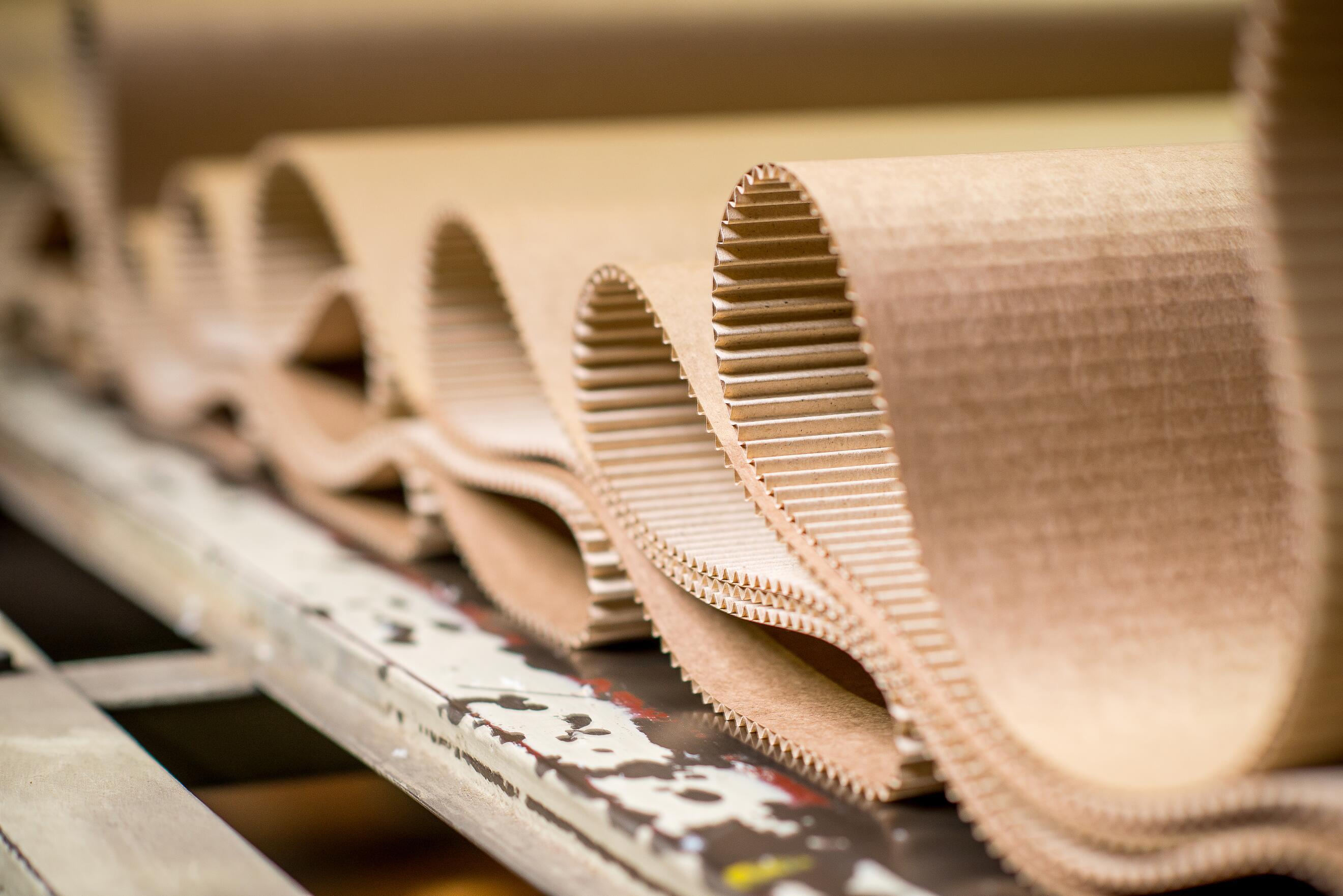Corrugated Fanfold Market: Comprehensive Overview of Trends, Key Drivers, Challenges, and Future Growth Potential

Corrugated Fanfold Market Overview
The corrugated fanfold market has witnessed significant growth in recent years, driven by the expanding e-commerce sector, growing demand for sustainable packaging solutions, and the rising need for efficient and customizable packaging formats. Corrugated fanfold, a continuous sheet of corrugated board that is accordion-folded, provides an adaptable and cost-effective solution for businesses needing right-sized packaging on demand. This article explores the current state of the corrugated fanfold market, including its key drivers, challenges, applications, and future trends.
What is Corrugated Fanfold?
Corrugated fanfold is a type of packaging material made from corrugated cardboard sheets that are pre-scored and folded in a zigzag manner. Unlike traditional corrugated boxes that come in predefined sizes, fanfold material can be customized to different box sizes using automatic packaging systems. This enables companies to produce boxes that fit products exactly, reducing the need for void fillers and minimizing material waste.
Fanfold material is usually made from kraft paper and comes in various flute types (such as B, C, or E flutes) depending on the required strength and cushioning properties. It is typically fed into automated box-making machines that cut, fold, and glue the packaging based on product dimensions, providing a versatile and efficient alternative to stock boxes.
Market Drivers
-
E-Commerce Boom
The explosive growth of e-commerce has significantly impacted the corrugated fanfold market. Online retailers and third-party logistics (3PL) providers face the constant challenge of packaging a wide variety of products quickly and cost-effectively. Corrugated fanfold allows for on-demand production of right-sized boxes, which helps reduce shipping costs and improve packaging efficiency. -
Sustainability Initiatives
With increasing consumer awareness and regulatory pressure around environmental impact, companies are seeking sustainable packaging options. Corrugated fanfold supports sustainability goals by reducing material usage, lowering carbon emissions through optimized shipping, and offering recyclability. The ability to produce custom-sized boxes also eliminates excess packaging, aligning with zero-waste initiatives. -
Operational Efficiency
Businesses using fanfold material benefit from streamlined packaging processes. Automated systems using fanfold material reduce labor costs, speed up packaging operations, and optimize warehouse space. Fewer packaging SKUs are required, reducing inventory complexity and making packaging operations more agile. -
Customization and Branding
Corrugated fanfold can be printed with high-quality graphics, making it a suitable medium for custom branding. As unboxing experiences become a key element of customer satisfaction, especially in direct-to-consumer (D2C) models, the ability to offer branded and tailored packaging is a competitive advantage.
Key Market Segments
-
By Material Type: Kraft paper-based corrugated fanfold dominates due to its durability and eco-friendly properties.
-
By Flute Type: Medium (C flute) is commonly used for general-purpose packaging, while smaller flutes like E are preferred for retail packaging.
-
By End Use: E-commerce, electronics, automotive parts, food and beverage, and industrial goods are major consumers of corrugated fanfold.
Regional Insights
-
North America leads the corrugated fanfold market, driven by the mature e-commerce landscape and strong emphasis on sustainable packaging practices.
-
Europe follows closely, with regulatory frameworks encouraging green packaging and circular economy principles.
-
Asia-Pacific is expected to show the fastest growth due to increasing online retail activity, rapid industrialization, and demand for cost-effective packaging solutions in countries like China and India.
Challenges
Despite its benefits, the corrugated fanfold market faces several challenges:
-
High Initial Investment: Setting up automated box-making systems requires significant capital expenditure, which can be a barrier for small and medium-sized enterprises (SMEs).
-
Material Sourcing: Fluctuations in raw material prices and paper supply chains can impact the profitability and stability of fanfold manufacturing.
-
Limited Awareness: In some regions, there is limited knowledge about the benefits of corrugated fanfold, resulting in slower adoption rates.
Future Outlook
The corrugated fanfold market is expected to continue its upward trajectory, with innovations in packaging machinery and material engineering further enhancing its value proposition. Developments such as digital printing integration, smart packaging features, and AI-powered packaging optimization will likely shape the future of the industry.
Moreover, as regulations around packaging waste and extended producer responsibility (EPR) intensify, corrugated fanfold is poised to gain further traction. Companies that adopt agile, on-demand packaging solutions will not only benefit operationally but also align more closely with environmental and customer-centric values.
Conclusion
Corrugated fanfold represents a compelling solution in the evolving world of packaging, offering flexibility, sustainability, and efficiency. With its growing adoption across industries, especially e-commerce and manufacturing, the market is well-positioned for sustained growth. As technology advances and environmental consciousness deepens, corrugated fanfold will likely become a cornerstone of modern packaging strategies.
- Art
- Causes
- Crafts
- Dance
- Drinks
- Film
- Fitness
- Food
- Games
- Gardening
- Health
- Home
- Literature
- Music
- Networking
- Other
- Party
- Religion
- Shopping
- Sports
- Theater
- Wellness


